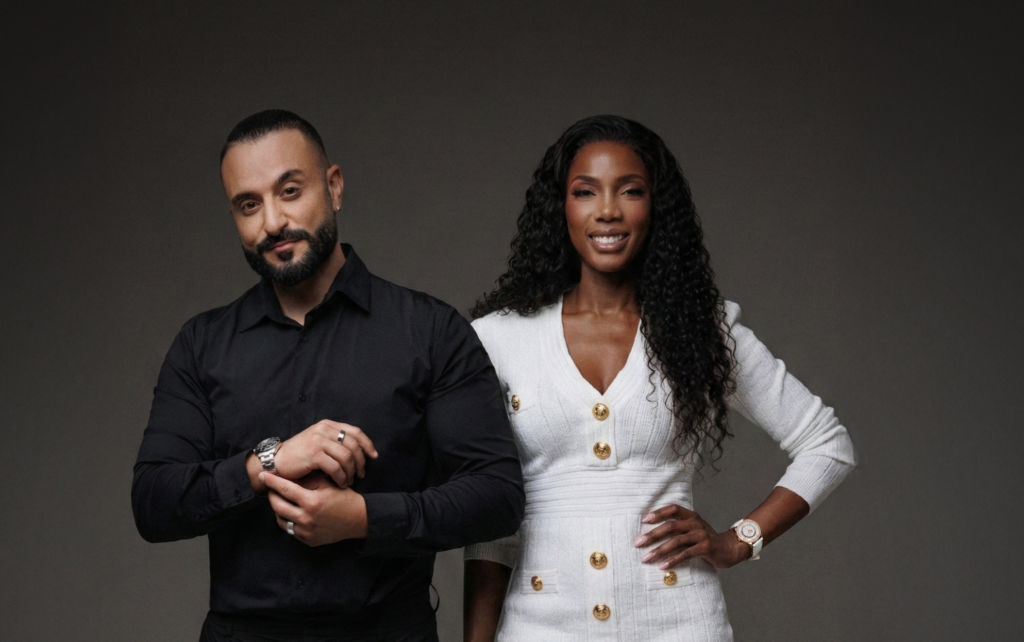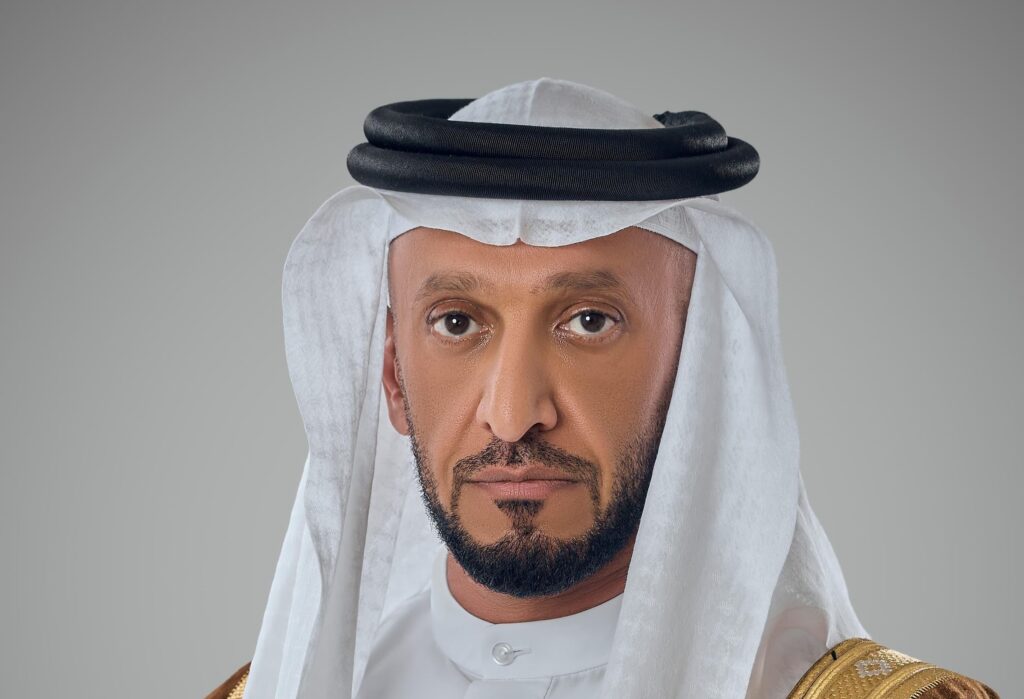After a fairly positive 2015, the client-agency motivation and dynamics have hit a barricade with the number of agencies recording relationship improvements falling from 70 percent confidence to less than 50 percent. This is due to an increasingly competitive scenario of agencies, freelancers or those ‘wanting to do everything’ individuals in town, where clients work across multiple sources and are feeling the pressure to not only produce successful marketing/PR/digital campaigns, but also to overtake their competitors in areas that are still relatively new, such as digital, influencer, and product-related or experiential marketing.
Clients, today, are pushing for more – often unexpected – deliverables from agencies and aren’t particularly loyal to any agency partner. Moreover, majority of clients lack proper understanding of how advertising works. In turn, agencies have a less than optimistic outlook on the market and strained relationships with clients due to the economical, political and financial situation within the Middle East.
This has resulted in companies hiring so-called marketers who have never worked in marketing for the purpose of cutting down on salaries. Majority today, have no email etiquette, respect for deadlines and meetings; knowledge of a proper marketing plan as well as the market, as well as the languages that suit the environment or country. Yet again; they expect miracles to look good in front of their superiors when they themselves don’t know what they want.
Additionally, the entrepreneurial trend of marketing consultancies opening up that don’t understand marketing has caused mistrust of clients in agency capabilities.
On the other hand, the agencies that do provide both traditional PR and ATL services in addition to digital services are suffering from such situations, and are more likely to have concerns than agencies that provide digital services only. This is likely due to the changes that these agencies, as well as their clients, had to undergo to adjust to the evolving digital scenery. This transformation can be painful, resulting in a negative impact on the client-agency dynamic and is indicative of the fact that new models won’t necessarily save these relationships.
Instead, agencies and clients need to come back to an agreed model and invest as much in the relationship as they do in technology or consumer trends. This will only happen through understanding what clients want, training and consulting the marketing managers, investing in market research and understanding what to spend and where.
In 2015, clients and agencies had different perceptions on how to drive improvements of a brand or company within the market. 2016 therefore, revealed larger gaps and less uncertainty in that area due to lack of expertise, and in specific, the understanding of online versus offline marketing. Clients picked sides on this issue while agencies felt disappointed with their clients’ organizational structures.
As the term ‘innovation’ widens and companies are feeling the pressure to remain competitive, many organizations are not devoting time to create or think; making them react, throw their responsibilities on others, and create unrealistic deliverables or scenario which might cause them to flip backwards. Agencies, on the other hand, find that working with these newly formed teams or processes is even more awkward; bringing more unrealistic outlooks into projects and making agencies lose their credibility.
I personally believe that there should be a serious restructuring model that every company and agency should consider by using proper consultants and HR experts, investing in training existing staff, putting efforts in market research, and building trust and relationships with people/companies in the same caliber and professionalism. This will build and raise the platform and create trust/innovation again between companies, and will also eliminate unnecessary existing bubbles.






